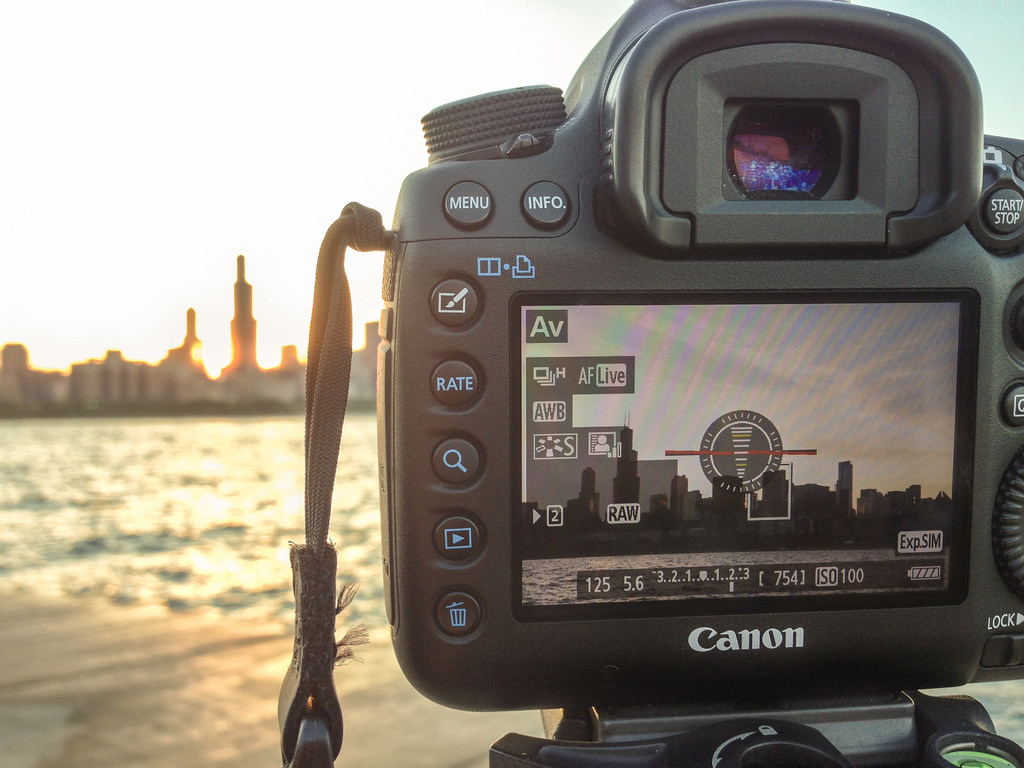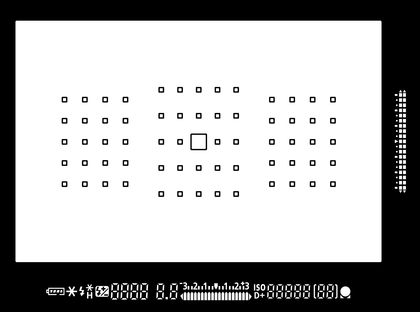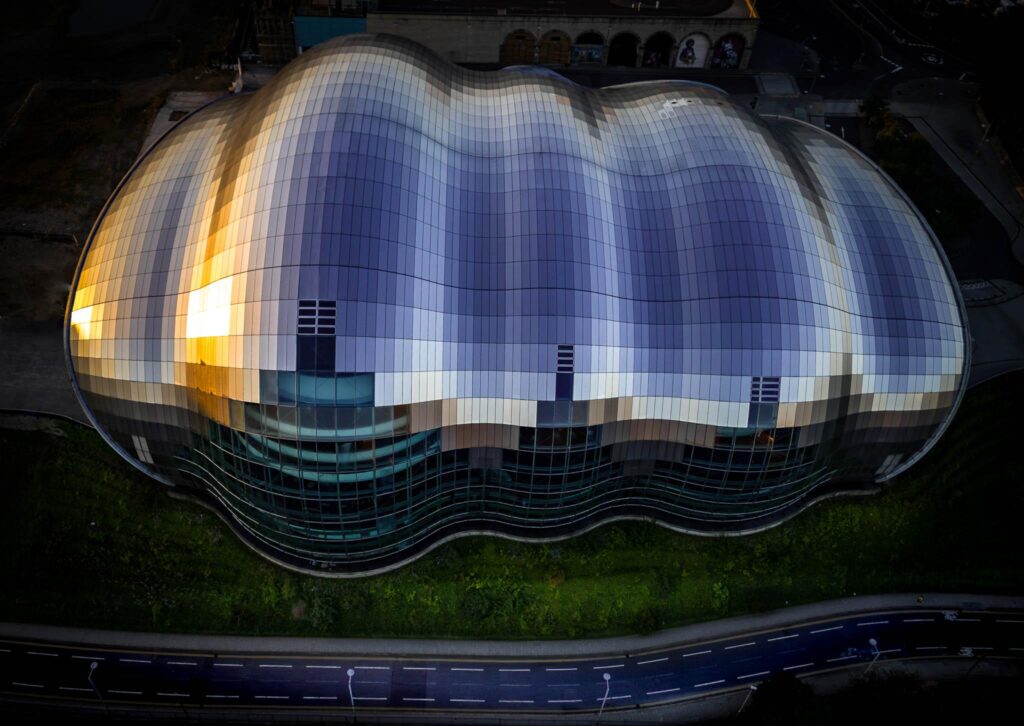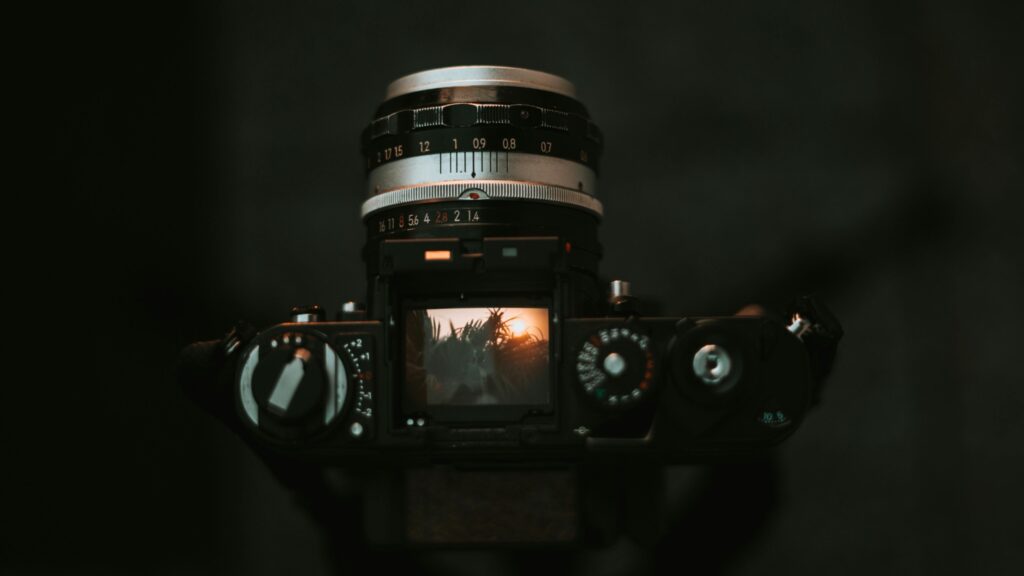I love vintage lenses because of their great price-performance ratio and their excellent optical and build qualities. Using them as much as I do, I often have to focus manually. Even though I typically use live view for safety's sake, I often don’t have the time, so I do it the old-school way.
The first challenge that arises in using vintage lens is the focus. In fitting a vintage lens to a modern DSLR camera, you won’t have the split circle to aid you in manual focus, so you’ll have to rely solely on your own visual ability.
Ignore the Focal Points
The focal points you see in the viewfinder won’t do you much good when you are focusing manually. In the odd event that your adapter has a focus confirmation chip, the focal points are going to confirm your focus, only. Even that isn't reliable, however. This is because about 90% of focus confirmation chips are set for a 50mm lens at f/1.4, so the camera estimates the lens to be just that. This takes you farther away from the actual focus. For this reason, you should focus your eye away from these points since they are more of a distraction than of any help. Set your focus between the dots, and if your camera allows for it, turn them off completely (the 7D mark II can do this, I’m not sure what other cameras have that option). This gives you a cleaner view of your subject.
Shoot While Seeking

Photo by Martin Dvoracek
Another method that I like to use when focusing manually, especially in low light, is to shoot in bursts while fine-tuning the focus. With cameras being capable of at least five frames-per-second nowadays, this becomes a fairly simple technique to increase your odds of getting your subject in perfect focus. If you have higher FPS camera such as the Canon 70D, 7D, 7D Mark 2, or 1Dx, then your odds are even better. The downside to this technique is that the model can be confused or even intimidated by the camera's rapid-fire action. This is usually only a small concern in view of what the technique achieves.
Live View

Photo by Tony Webster
As mentioned earlier, using live view is probably the easiest and safest way to get a picture in focus when using manual focus lenses. But it is the slowest way, as well. Also, because you can’t hold the camera as you normally would, stabilized by keeping your arms close to your body, the unnatural body position can cause the camera to shake. You can attain a proper focus, but your chances are greater for introducing motion blur as a side-effect. This doesn’t apply to the mirrorless bunch of cameras which can use the EVF with focus peaking to ensure that the focus is spot-on.
Monopod
Even though you might not be shooting video, having a monopod around for manual focus lenses is a good idea. This will reduce the weight of the camera, allowing you to completely leverage it on the monopod while using your hands to adjust the focus. While it will help you get cleaner images and prevents shaking, a monopod limits your range of forward and backward movement.

Photo by MIKI Yoshihito
A further point to consider: if you are using large lenses such as the medium-format lenses adapted for DSLRs (I am currently using the 180mm f/2.8 Zeiss Jena), then you can't avoid using a monopod or a tripod. Handling long lenses and heavy cameras on top of having to focus manually isn’t an easy task. Using a monopod or tripod in this instance will help you by reducing the number of variables you need to be concerned with. This becomes all the more essential if you need to use live view.
Summary
Mastering the art of manual focus will come in handy one day, so you'll be glad to have the skill under your belt. Manual lenses are becoming outdated, but they aren’t going away anytime soon because they are so cheap and their glass is of high quality. They work perfectly in studio setups. The newly-produced Zeiss lenses do not feature autofocus. There are many vintage lenses that produce unique pictures which can’t be obtained in any other way.
As you can see from the examples given above, you'll likely still encounter a variety of situations in which you'll have to focus the lens manually. Learn manual focus–you’ll thank yourself later!
Are you using manual focus lenses? Share your results in the comments section below.






1 Comment
Summary – try to buy a mirrorless camera if you want to shoot vintage lenses.
The only real advantage any SLR has now is Battery Life and AF speed.
The battery life will disappear with live view engaged, and AF speed obviously isn’t relevant.
If you want to use vintage lenses, grab a mirrorless. Another fringe benefit is that a lot of lenses have soft corners, but on APSC or Mu43 you are just shooting with the sweet spot.